Tuberous vegetables
Tuberous vegetables such as potatoes and yams are prebiotic for a number of reasons. They create short chain fatty acids (SCFAs), particularly butyrate (remember BOB) that feeds our colon cells. The SCFAs also encourage growth of our own gut microbes, particularly bifidobacteria and lactic acid bacteria.
This means that when you eat a prebiotic you produce probiotics. Not only that, when you eat a prebiotic with a probiotic food such as sauerkraut, kefir or kombucha, the prebiotic food enhances the effect of the probiotic food.
Potatoes
The much maligned potato has many saving graces such as offering the prebiotic, indigestible fibre that our colon cells like. Potatoes are also a source of minerals and vitamins. We need to be careful to eat organic potatoes, to avoid ingesting chemicals and pesticides used to treat non-organic varieties.
How we prepare and cook potatoes is also important. Much of the fibre is in the skin - more reasons to make sure it hasn’t been sprayed with toxic stuff. As a carbohydrate, potatoes are able to alter our glucose and insulin response.
Interestingly, boiled potatoes push the metabolic response more so than fried potatoes. This is because boiling potatoes makes the starch more digestible, whereas frying locks the starch in a form that the body can’t use as well.
Make sure you fry in good oil - coconut, grass fed beef lard, red palm oil etc and not vegetable oils. Another interesting fix for boiled potatoes is that if you let them cool (for 24 hours) before eating them, the starches become less digestible again. I’m thinking home-made boiled, cooled and fried chips. Yum!
Sweet potatoes
Sweet potatoes are a rich source of vitamins and minerals. Cooking does alter their metabolic effect like potatoes but slightly differently. Boiled sweet potatoes have a lower glucose raising effect than roasting, baking and frying. Frying being a little better than roasting and baking. Like potatoes, cooling and reheating locks the starches into a less digestible form meaning a lower blood glucose response. The purple and orange colours provide beta-carotene and related compounds that are important for Vitamin A production and hence, amongst other things, eye health.
Jerusalem artichokes
Jerusalem artichokes are rich in inulin, a powerful prebiotic, and is associated with a myriad of positive effects including:
- Growth of bifidobacteria in the colon
- No effect on glucose/insulin therefore good for diabetics
- Lowers abnormal cholesterol levels
- Lowers the pH in the colon discouraging the growth of ‘bad’ microbes
- Encourages absorption of calcium and magnesium and improves bone density
- Works together with probiotics to strengthen gut health
Yam and cassava
Yam and cassava are excellent prebiotics that bypass upper intestine metabolism and provide fibre food for the large intestinal cells. Both contain a number of biologically active substances with anti-oxidant and anti-inflammatory actions. This means that they are both useful for today’s modern diseases i.e high abnormal cholesterol, obesity, diabetes, heart disease, high blood pressure and cancers. A study in Brazil found that cassava flour protected against the development of type 2 diabetes.
Conclusion
Tuberous vegetables are a source of fibre that your gut microbes love. The fibre feeds the colon cells and encourages growth of your own gut microbes but also helps probiotics to do their job as well. The colon cells make SCFAs from the fibre which has an anti-inflammatory effect. Besides the fibre, all of the tubers mentioned contain biologically active molecules that further enhance their anti-inflammatory role in our bodies. As most chronic disease is caused by low grade inflammation, having these as part of your daily life is an important way to keep healthy. Remember though, just because something is good for you, doesn’t mean you should eat lots and lots of it.
Tips
Introduce a variety of tubers into your life. Remember boiling and cooling potatoes can be better for the blood sugar than eating them when they are first cooked. If frying, fry in good oil - coconut, goose fat, grass-fed beef lard, red palm oil.
